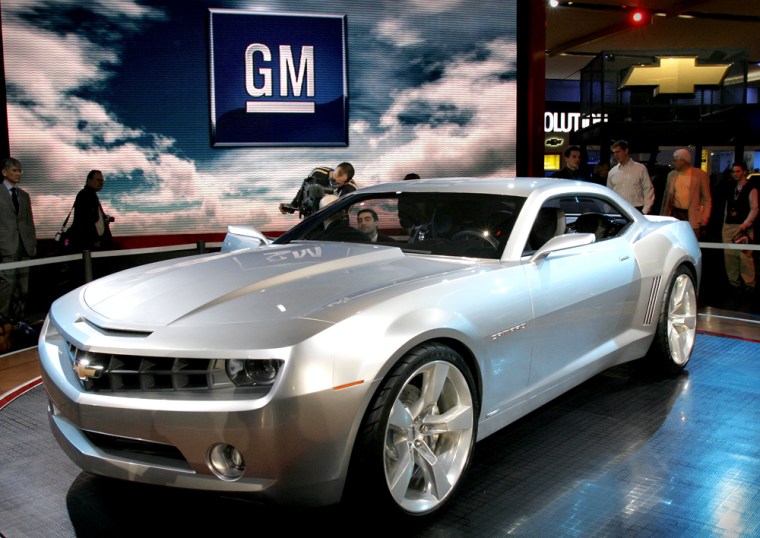With American car makers losing both money and market share, Detroit is working overtime to get this troubled industry back on track. But unlike the past downturns that were driven by the ups and downs of the U.S. economy, many of the problems confronting American car companies are not shared by their competition.
This week, CNBC will take an in-depth look at what ails the U.S. auto industry -- and what needs to be done to fix the problem.
At the heart of Detroit's troubles is a failure, on the one hand, to build reliable cars that Americans love and, on the other, to get credit when it does so.
So far, just studying moves made by Japanese rivals and then copying them doesn't seem to be working. As it strives to build better cars, Detroit is also trying to rebuild its image to recapturing American buyers' imaginations and admiration. U.S. makers are also focusing on building more reliable cars and getting dealers to back them up with flawless, solicitous service.
But having a good product -- or even a line of good products – isn’t enough to guarantee success. That's especially true for companies that have made bad labor deals, can't run their factories or inventories right or engage in self-destructive pricing behavior. There are a lot of pieces to the puzzle of permanently fixing the business model: Some brands may have to go, production of some components and parts may have to move offshore, and a completely new approach is needed to labor negotiations with the United Auto Workers.
None of this will work, though, unless U.S. automakers can be first and best with new technology – and figure out how to capitalize on it. Toyota and Honda enjoy a substantial lead in fuel-efficient gas-electric hybrids. Acura is leading with voice recognition technology.
As Japanese car makers continue to introduce new technologies to market first, Detroit has to do more than play catch-up. Those breakthroughs may include cars that fixes themselves, cost less to run, enhance the driving experience, avoid traffic jams and cut fuel or insurance costs. And these new technologies offer new opportunities for U.S. automakers to turn things around.
